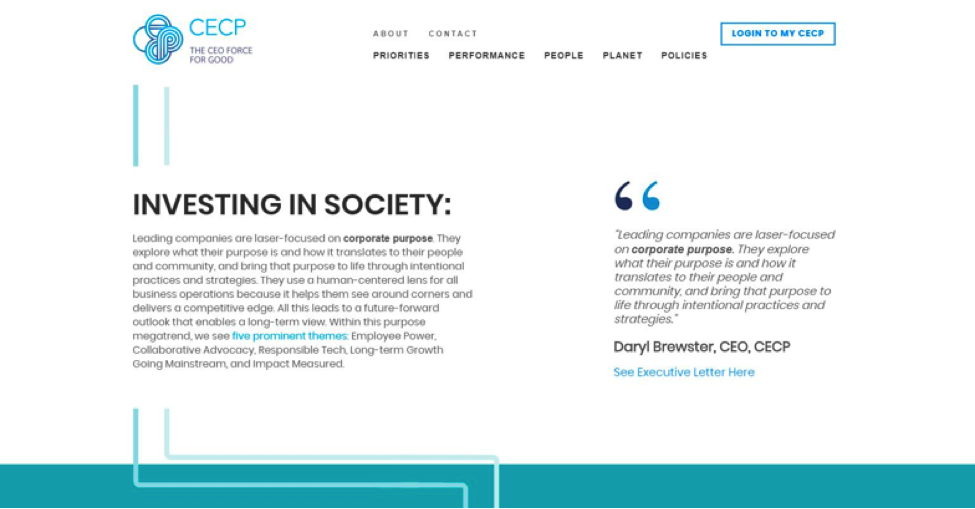Why Diversity and Inclusion Matters in the Workplace

In its new all-digital and interactive report, CECP outlines the major trends and developments from 2018 around corporate social responsibility. The report shows that companies are focused more on purpose, strengthening the voices of not just their employees but also their local and national communities. For example, an increasing number of businesses are embracing diversity and inclusion (D&I) in the workplace. In a CECP survey from last year, 95% of companies that responded considered D&I part of their corporate social engagement.
With millions of people excluded from the workforce due to their race, gender, sexual orientation, disability, and many other factors, the business community is in the unique position to address long-standing inequalities. However, the report points out that, “few companies appear to be addressing equity with a strategic and intentional approach when integrating D&I into corporate social engagement”. Ad hoc approaches toward D&I aren’t enough to sustain a inclusive environment for millions of potential employees.
The Global Business Coalition for Education (GBC-Education) views inclusivity as critical toward ensuring that marginalized groups are integrated into the larger workforce. In July 2018, GBC-Education pledged to the Charter for Change at the Global Disability Summit in London. Reed Smith – a member of GBC-Education – also delivered a pledge to grow its proportion of employees with disabilities. Companies like the Intel Foundation are working to empower girls and women to pursue careers in science, technology, engineering, and mathematics (STEM), while Natakallam and HP are ensuring that refugees – one of the most marginalized groups in the world – have the opportunity to work and make a living.
Diversity creates more opportunity for idea-sharing and innovation by bringing in people with a varied range of life experiences. Only through persistence, dialogue, and further investment can businesses succeed in creating a truly diverse and inclusive workforce.
To learn more about CECP, follow the link here.
